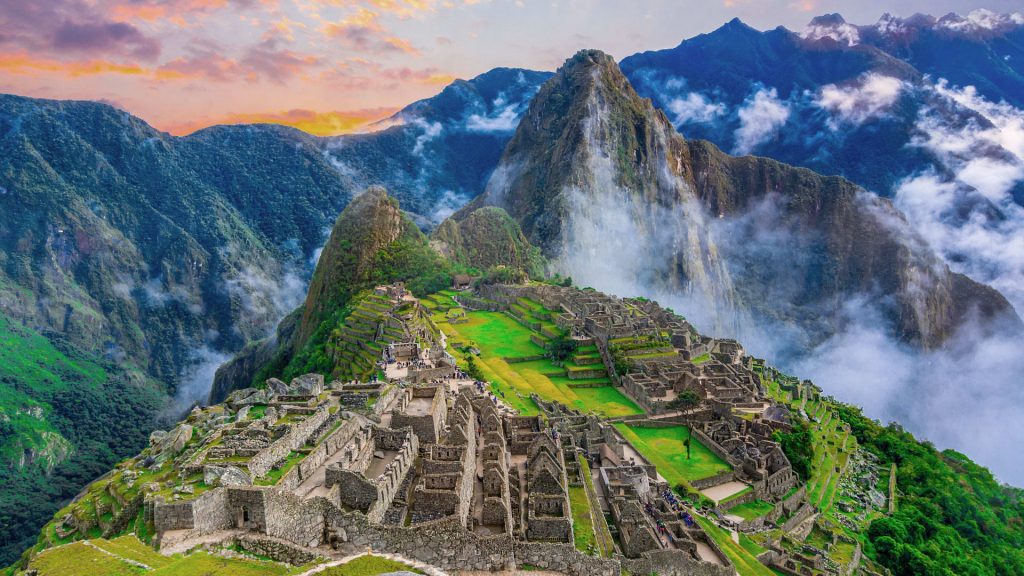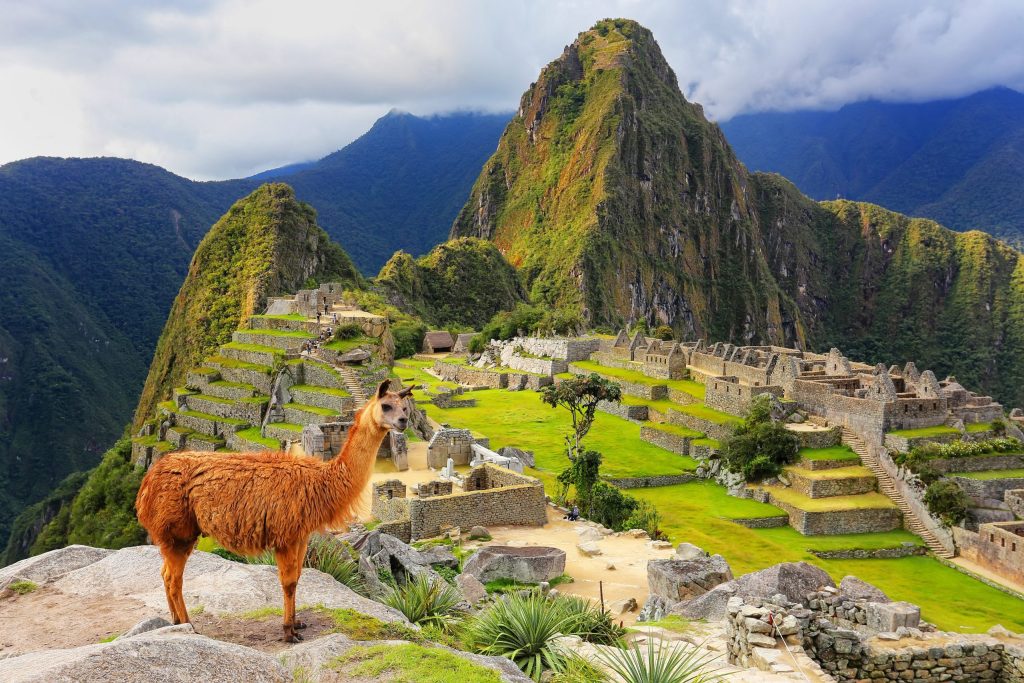Table of Contents
Machu Picchu, the “Lost City of the Incas,” shrouded in mist and nestled amidst the majestic Andes Mountains, continues to enthrall the world. This ancient citadel, a UNESCO World Heritage Site, stands as a testament to the ingenuity and cultural richness of the Inca civilization.
Join us as we embark on a journey to uncover 10 interesting facts about Machu Picchu, offering a glimpse into its history, construction, enduring significance, and the allure that continues to draw visitors from across the globe.
What is Machu Picchu?
Machu Picchu is an ancient Inca city high in the Peruvian Andes, famous for its stonework, buildings, and mystery. Built in the 1400s, it was abandoned by the 1500s and rediscovered in the 1900s. Now a UNESCO World Heritage Site, it’s a stunning reminder of the Inca people.
10 Interesting Facts about Machu Picchu

Hidden Location
Machu Picchu’s remote location played a pivotal role in its preservation. Tucked away in the mist-shrouded peaks of the Andes, this ancient citadel remained hidden from the Spanish conquistadors who swept through the region in the 16th century. Its elusive nature protected it from plunder and destruction, allowing it to endure centuries in near-perfect condition until its rediscovery in the early 20th century.
Name Meaning
The name “Machu Picchu” holds clues to its storied past. In the Quechua Indian language, spoken by the Inca civilization, “Machu Picchu” translates to “Old Peak” or “Old Mountain.” This moniker speaks to both the site’s age and its lofty perch amid the rugged peaks of the Andes, hinting at the ancient mysteries that lie within its stone walls.
Purpose
The purpose of Machu Picchu continues to be a subject of debate among historians and archaeologists. Some theories suggest it served as a royal estate for Incan nobility, while others propose it was a secret ceremonial center or even an astronomical observatory shrouded in mysticism. The enigmatic nature of Machu Picchu invites speculation and imagination, fueling ongoing research and exploration.
Read also: Is Bali Safe for Solo Female Travelers
Engineering Marvel
One of the most remarkable aspects of Machu Picchu is its construction. The structures were meticulously crafted without the use of mortar, with stones cut to fit together so precisely that not even a knife blade can penetrate the seams. This innovative technique, known as ashlar, not only lends the site its distinctive aesthetic but also endows it with remarkable resilience against earthquakes and other seismic forces.
Earthquake-Proof Design

Despite being situated atop two fault lines, Machu Picchu stands as an engineering marvel of earthquake-proof design. The ashlar construction allows the stone walls to “dance” with the tremors, flexing and shifting before settling back into place. This ingenious adaptation ensures the integrity of the structures, safeguarding them against the wrath of nature.
Celestial Connections
Machu Picchu was more than just a fortress or palace; it was a place of astronomical significance. The sacred Intihuatana stone, strategically positioned within the citadel, served as an astronomical observatory, accurately marking the two equinoxes. During these celestial events, the sun casts no shadow upon the stone, aligning with the ancient Incan calendar and rituals.
Construction and Preservation
Despite the passage of centuries, Machu Picchu remains remarkably intact. Approximately 75% of the site’s original construction has endured, a testament to the skill and foresight of its creators. The remote location of Machu Picchu, coupled with the fact that it remained undiscovered by the Spanish conquistadors, contributed to its exceptional preservation.
Restoration and Regulation
In recent years, efforts have been made to preserve and protect Machu Picchu for future generations. Restoration projects have been undertaken to ensure the structural integrity of the site, while strict regulations have been implemented to manage visitor access. Daily ticket limits, limited timeslots, and a one-way walking system help minimize the impact of tourism on this fragile archaeological treasure.
History Rediscovered
The modern history of Machu Picchu began with the fateful expedition led by Yale Professor Hiram Bingham in 1911. His discovery captured the world’s imagination and led to the publication of his seminal work, “The Lost City of the Incas.” However, controversy has surrounded Bingham’s legacy, particularly regarding the artifacts he removed from the site, sparking a longstanding dispute between Peru and Yale University.
UNESCO World Heritage
In recognition of its outstanding universal value, Machu Picchu was inscribed as a UNESCO World Heritage Site in 1983. Subsequently, it was honored as one of the New Seven Wonders of the World in 2007, cementing its status as a cultural and historical treasure of global significance.
Final Words
Machu Picchu stands as a powerful testament to the enduring legacy of the Inca civilization. Its captivating beauty, ingenious engineering, and enigmatic purpose continue to spark wonder and inspire exploration. From its hidden location to its celestial alignments, Machu Picchu holds stories waiting to be unraveled. As we strive to preserve this irreplaceable heritage site, Machu Picchu beckons us to delve deeper into the past, reminding us of the enduring power of human achievement.




